This post may be sponsored or contain affiliate links. All opinions remain our own.(Full disclosure)

The chances are that you already have all the necessary equipment for making water kefir at home.
You’ll need a glass mason jar with either a loose-fitting lid. A bit of cheesecloth or simply cover with a tea towel to keep insects and pests out.
But before everything else, you may be asking precisely what water kefir is and the benefits of consuming fermented foods.
What is Water Kefir?
Water kefir produced from kefir grains is also known as sugar grains, Tibicos, Tibi, or Japanese water crystals.
The grains make up cultures of different strains of healthy bacteria and yeast kept concurrently in a long chain polysaccharide matrix formed by the bacteria which survive in a symbiotic relationship.
Kefir grains describes the look of the culture only and doesn’t contain any actual grains such as corn, cereals, or maize.
The symbiotic relationship of the microbes produces a steady, growing culture.
The microorganisms feed on the sugars and produce lactic acid, alcohol, and carbon dioxide, yielding a fermented carbonated beverage.
The alcohol content is usually very minimal.
You can reuse water kefir grains over and over with or without sugar.
Water Kefir vs. Milk Kefir
There are two types of kefir grains – milk and water kefir grains.
Though comparable with each other, kefir milk grains are actually quite different than water grains. They are white, look like cottage cheese with a slimy texture.
Water grains, though, are translucent, cauliflower-like, and break apart relatively easy under stress.
Furthermore, milk grains feed on the lactose in milk while water grains feed on the sugars. Thus making it an option for low carb or keto dieting.
Check out our post for more info on milk kefir and how to make it.

Health Benefits of Water Kefir
Water kefir is an incredible ancient gluten-free, dairy-free beverage that will restore the integrity of your digestive tract and add to the effectiveness of your new diet regime.
The health benefits of drinking water kefir are limitless. They give an all-natural supply of probiotics to our digestive tract.
Probiotics refer to the good bacteria that feed on the bad, unhealthy bacteria in our gut and organs.
Bacterial excess leads to many illnesses some of those include candida, fungus, yeast infections, IBS, indigestion, obesity, Crohn’s Disease, skin problems. (1)
By drinking fermented beverages, you will bring stability to your internal microflora.
Many people take probiotic supplements daily such as Hyperbiotics PRO-15 or probiotic drinking yogurts.
Water kefir is much more affordable in the long term. It can have significantly higher amounts of probiotics depending on ingredients used and time prepared.(2)(3)(4)
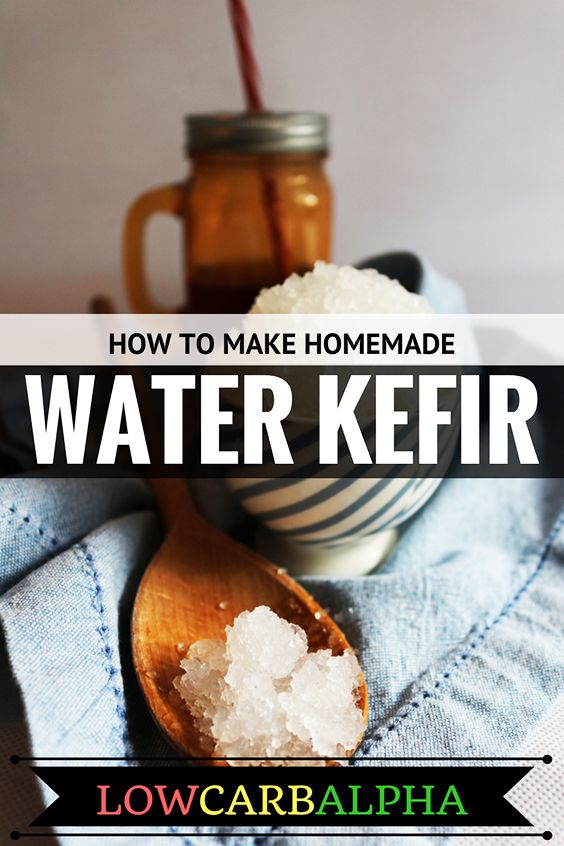
Which water to use?
Your water needs to be free of chlorine and fluoride since both can kill or inhibit the yeast and bacteria in the grains.
Filtered water is safe, and one of the easiest options, but may lack some minerals.
The best way to combat this is to add a pinch of Himalayan salt or sea salt to bring up the mineral content.
Kefir grains love minerals and can grow much faster. You can also occasionally use a teaspoon of blackstrap molasses to increase the minerals.
Bottled water works just as well. More or less the same as filtered water, you just need to bring it to your home for use.
Again you can add minerals to the water to keep the grains in top condition, but this is not essential.
Tap water will have chlorine, contaminants like toxic metal salts, hormones and pesticides, and other chemicals, so treat it first.
If you must use tap water for whatever reason, make sure to boil the water first before using it.
Use it as a one-off if you need to since your water kefir grains won’t last for the long term.
Coconut water is another excellent choice. If following a low carb or ketogenic diet, it’s a good idea for ferment your leftover coconut water if you’re watching your carb count.
It will save disposing of it after you’ve used all the coconut milk. Coconut water gives you more benefits and avoids chemicals that may be present in regular tap water.
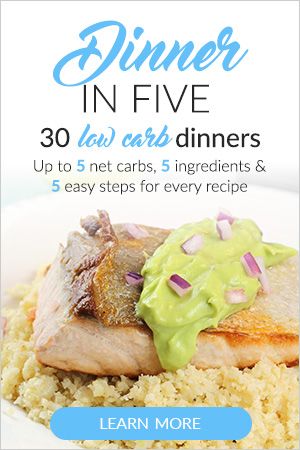
What Sugar for your Water Kefir
There are obviously numerous choices here, including Coconut, Organic Cane Sugar Sucanat, Rapadura, Muscovado, Demerara, Panela, Jaggery, Turbinado, Palm, White Sugar, Raw Sugar, Brown Sugar, Blackstrap Molasses.
We will highlight some of the popular choices below.
White Sugar
Granulated white sugar (Yes, you may use it) will offer the tiniest amount of nutrition for the grains but will be the cheapest.
It’s not the best for the grains, so try not to use it all the time because there are many other sources of sugar much higher in nutritional value.
It will also result in sweeter tasting kefir.
Raw Cane Sugars
Organic Raw Cane Sugar, Sucanat, and Rapadura are all whole, unrefined cane sugars.
They are darker in color. We’ve found kefir grains tend to favor organic whole cane sugar.
Rapadura
A popular choice, panela or rapadura is rich essential vitamins and minerals.
The sugar undergoes a minimal process, although not as complicated as the one that results in ordinary table sugar.
The result contains both the sugar and molasses high in nutritious value.
Blackstrap molasses
Blackstrap molasses are high in carbs and a by-product of sugar production where much of the minerals remain.
A lot of people combine organic cane sugar with a teaspoon of blackstrap molasses to boost nutritional content.
Various Fruit juices
You may feel uneasy about using any type of sugar and want to know how to make a water kefir gluten-free recipe without sugar.
Fruit juice is something you can use occasionally. Organic fruit juice works better over non-organic since the latter has a higher percentage of pesticides.
The fermentation times will differ depending on the sweetness of the fruit juice, but the end result will be just fine.
You’ll be less guilty of consuming your fruit juice since the kefir grains will consume a lot of it for you.
Not only that, but the range of flavors you can experiment with are endless. Some of our favorites are mango juice and apple juice kefir.
What Not To Use
A type of sugar you cannot use is honey since it’s difficult for the grains and can kill most of the good bacteria. Since it is antibacterial, honey is not nutritious for the grains.
If you’ve run out of sugar and honey is all that’s left you can use, but do not use on a regular basis.
If your sugar water has a more profound and darker color, be aware the grains will take on this color also.
They won’t affect the quality of your water kefir grains.
It is always worth trying a variety of sugars, and when the grains start to underperform, try switching things up.
Water kefir can get tired of being in the same water all the time, so when you notice a decline in growth, it’s time to change your sugar source.
This is likely due to water kefir grains needing nutrients from various sources of sugar. No one sugar contains all of the vitamins and minerals required for the grains.
It’s good to experiment with a variety of fermented recipes for your grains to grow, so they are flexible to adjust when necessary.
Click here if you’re looking to buy some water kefir grains.
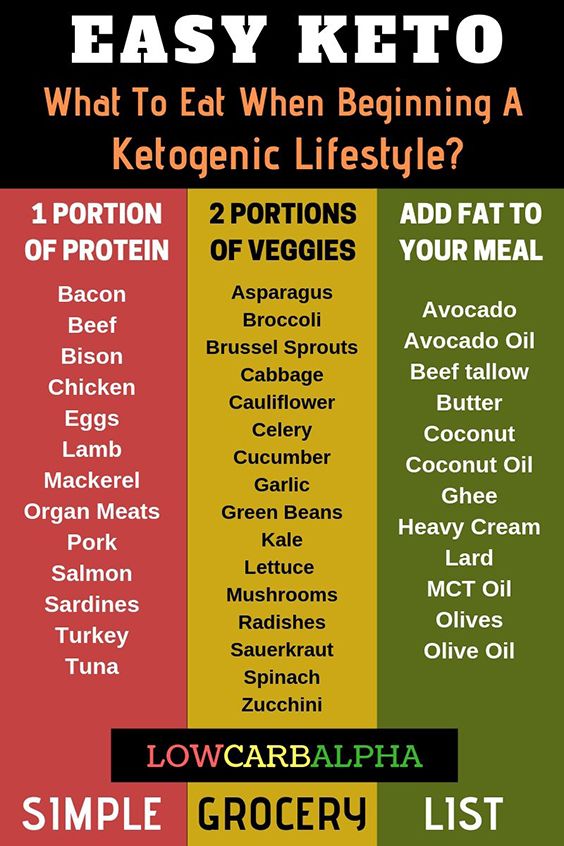
Second Fermenting
For secondary fermentation, it’s good to use airtight glass flip-top bottles. We like to use swing-top Grolsch glass bottles.
Limiting certain foods from your diet may increase the need for specific vitamins and minerals.
As with cultured milk kefir through the fermentation process, it becomes an excellent source of folic acid, vitamin B12, and is high in vitamins B1 and B6.
Probiotics increase further when fermenting kefir for the second time.
This is particularly useful if you follow restricted diets such as a ketogenic diet, vegan diet, or a paleo diet or limit many types of food such as dairy. Or if you do not consume any other cultured products such as milk kefir, kombucha, sauerkraut, etc.
In the beginning, be sure to check your bottles often to get used to how the fermentation process works in your home environment.
Since, if the pressure increases up, you may end up with a shock of water kefir spraying everywhere.
To mix up your kefir recipes, you may choose to ferment your kefir with organic juices instead of sugar.
Use caution if serving to children as I find that the sweeter the juice, the higher the alcohol usually is.
Personally, I wouldn’t give water kefir to young children, but if you choose to, then ferment for a shorter time to minimize the alcohol content.
Again, check your bottles every now and again during the second fermentation as the pressure can build quickly, resulting in the bottle to burst.
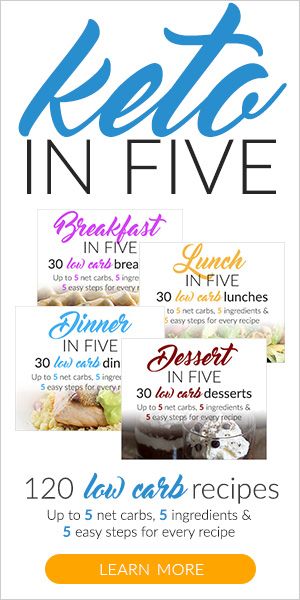
If you wanted to do a second fermentation, swing top glass bottles are recommended to build up carbon dioxide pressure. Additional steps are as follows.
Choose your preferred flavorings or a favorite recipe and place inside the bottle.
Pour your strained water kefir into the bottle using a funnel leaving room for carbonation.
Seal the bottle so pressure can build up. If you do not require the bubbling, cover the glass bottle with cheesecloth or a coffee filter and a rubber band.
Let the brew sit for a couple of days to get a second ferment.
Strain and transfer the bottle to the refrigerator to chill and consume when ready.
Water Kefir and Alcohol
As with all fermented beverages, by culturing water kefir, it will create small amounts of alcohol.
Depending on how long water kefir brews, the alcohol content will differ, but typically it will contain under 1% alcohol.
If you’re concerned regarding the alcohol content, you can test your brew with a hydrometer.
Kefir and Diabetics
People with diabetes could considerably benefit from drinking kefir.
Lowering your carbs with our LCHF foods list or following a ketogenic diet is a start but if you have a sweet tooth or fizzy pop cravings, then water kefir can be an option to control your blood sugar.
If bottled and refrigerated, it can provide a cheaper alternative to drinking sweet soda drinks or fruit juices.
Not that you should be drinking soda on a low carb diet anyway.
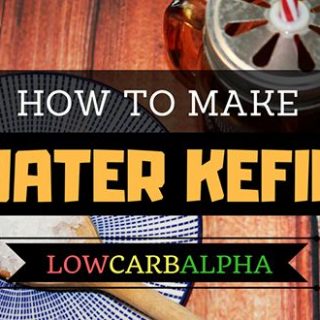
How to Make Homemade Water Kefir
Homemade Water Kefir Beverage and Second Fermentation.
Ingredients
- 1/4 cup Organic Cane Sugar
- 2 Cups Water
- 1/2 Teaspoon Blackstrap Molasses
- 1/8 Teaspoon Himalayan Pink Salt, Optional
Instructions
- Dissolve your preferred sugar, molasses and salt in small amount of hot water.
- Stir to combine the sugar then add the remaining filtered water, make sure the water room temperature and not hot.
- Add the kefir grains to the cooled water and cover with a cloth and rubber band or a lid to keep out insects and fruit flies.
- Leave at room temperature on the counter for 24-72 hours. Leave it for a shorter duration around 24 hours to have a sweeter brew. Up to 72 hours if you want more sugar to ferment out for a stronger brew. The longer it ferments, the more the sugar is eaten. Don't leave longer than 72 hours as it can starve the grains.
- When fermented to your liking strain the mixture through a sieve and retain the grains.
- Reuse kefir grains by repeating the process by dissolving more sugar in water, and adding water kefir grains.
Notes
If you wanted to do a second fermentation, swing top glass bottles are recommended to build up carbon dioxide pressure. Additional steps are as follows.
Choose your preferred flavorings or a favorite recipe and place inside the bottle.
Pour your strained water kefir into the bottle using a funnel leaving room for carbonation.
Seal the bottle so pressure can build up. If you do not require the bubbling cover the glass bottle with cheesecloth or a coffee filter, and a rubber band.
Let the brew sit for a couple of days to get a second ferment.
Strain and transfer the bottle to the refrigerator to chill and consume when ready.
Nutrition Information:
Yield: 1 Serving Size: 1 ServingAmount Per Serving:Calories: 20Total Fat: 0gSaturated Fat: 0gTrans Fat: 0gUnsaturated Fat: 0gCholesterol: 0mgSodium: 0.5mgCarbohydrates: 4gFiber: 0gSugar: 4gProtein: 0g
Nutritional information is estimated.
Do you make or want to try water kefir and use it in conjunction with ketogenic dieting?
Do you have any favorite sugars, combinations, or secondary ferment gluten-free recipes that you would like to share? Please let us know in the comments.



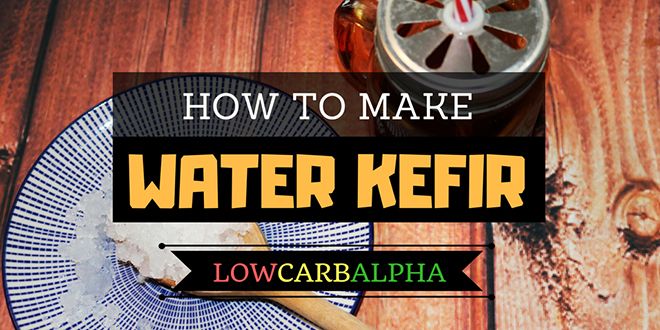





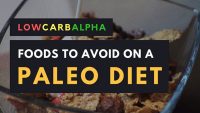
You are answering some of my questions. We have been drinking water kefir with our Keto diet but I worry that it will kick us out of ketosis. Is a serving in your 4 carbs/4 sugars considered 2 cups? My last batch I used apple cider, cinnamon stick, ginger and a couple cranberries. I also made strawberry kefir by using frozen strawberries and ginger. They are delicious and don’t taste sweet. We are considering purchasing the ketosis strips to see if it might be throwing us out of ketosis.
Yes, the serving is for 2 cups or about half a liter. There are so many variations of water kefir, and I like the recipes you are trying.
I find it doesn’t kick me out of ketosis as I tend to eat OMAD or less frequently. However, even if it did, I wouldn’t worry too much as the carbs are so low and you are back in ketosis in no time.
Using ketone strips after drinking would answer your query for sure.
Likewise I am on the keto diet and would love incorporate water kefir in my diet.
Would you recommend coconut water or concotion of fruits for a lower carb??
Kefir is hard to understand for me.
So it says that the grains eats the sugar from the fruits.
So meaning less carb count as there be lesser sugar.
Does it mean we can consume the residual fruits as it will be tasteless and fill of fibre?
Coconut water is always one of my best choices. There will still be carbs, but only residual amounts since most are consumed in the fermentation process.
I occasionally use dates, sliced lemon, and ginger in water kefir, and it is nice to consume the fruit once fermentation has finished, but some can end up mushy.
The fruits would have the same fiber content and less taste as it has fed the grains.
I’ve been fermenting water (and milk) Kefir for about 6 years. I don’t use the grains for my second ferment, my grains never touch the juice. Organic cane sugar (1\4 cup) and 1/2 – 1 teaspoon of coconut sugar, (occasionally unsulphured molasses) in 1300-1400 mls of water. If using molasses it must be unsulphured or it will kill the grains.
I strain the grains then use 2 – 750 ml flip top bottles, fill each half full with water Kefir and the other half with juice (I love organic mango/orange). I close them tight and ferment for 1-2 days (sometimes 3) depending on how warm it is.
I like mine when they have a reasonable amount of fizz and pop when I open them. Then put them in the fridge.
Also important, use a glass container to ferment in and only use plastic (no metal utensils) strainer, funnel and spoon or a wooden spoon that is only used for your Kefir and nothing else.
My first try at making water kefir. Is it suppose to be really sweet and not fizzy. I am used to store bought unsweetened milk kefir. I can not have sugar. I was told the kefir grains will “eat up” the sugar. Is this true? Am I injesting sugar water? I dissolved 1/4 cup refined sugar in 1/2 cup filtered water, then added 3 cups filtered water at room temperature.added activated kefir grains. Waited 48 hours until the water became cloudy. Please help. I thought I was doing a healthy option.
It is not supposed to be overly sweet and should also have a fizz to it.
Yes, the water kefir grains will eat the sugar. The longer you ferment, the less sugar in the beverage.
If you are using activated water kefir grains for the first time, you may need to prepare 2 or 3 batches to “wake up” the grains.
If the beverage is still too sweet after 48 hours, then give it another day or two to ferment, then review again.